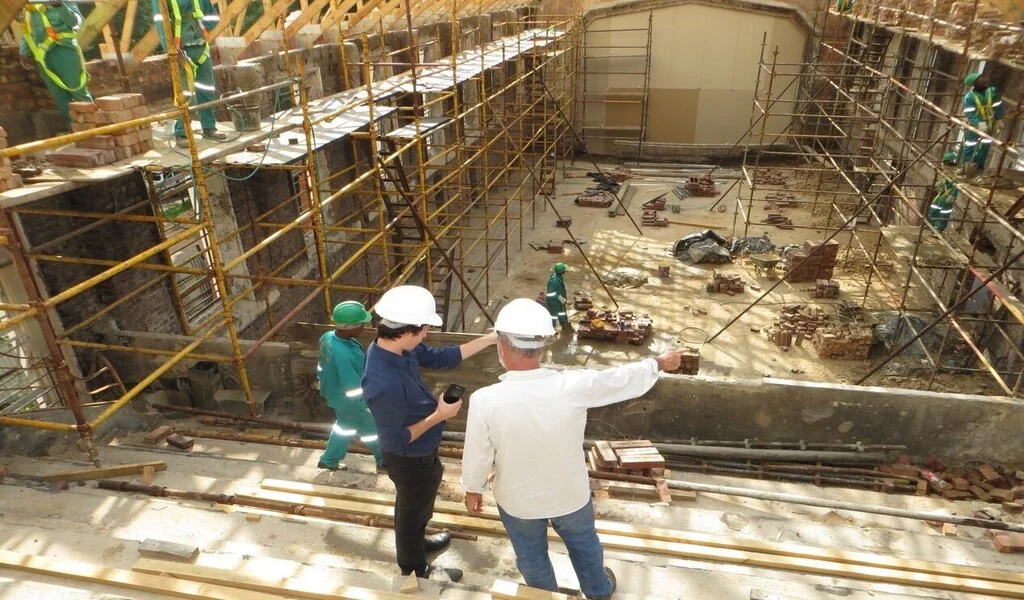Construction sites are inherently risky environments. With heavy machinery, working at heights, and the constant motion of materials and personnel, safety is a paramount concern. Ensuring the well-being of workers is not just a legal obligation but also a moral imperative for construction companies. One of the ways to enhance safety is through proper training and certification, offered by SST card services, which focus on specialized safety training.
Understanding the Risks
To mitigate risks effectively, it’s essential first to understand the specific hazards present at construction sites. These can range from fall hazards, and electrical risks, to potential injuries from machinery. Each risk requires a tailored approach to management and prevention. Regular safety audits and risk assessments are crucial in identifying potential dangers before they lead to accidents.
Training and Certification
The cornerstone of a safe construction site is a well-trained workforce. Workers should be equipped with the knowledge and skills to recognize hazards and respond appropriately. This is where programs like Site Safety Training (SST) come in. For example, SST 40 hours provides comprehensive education on various aspects of construction safety. These programs cover topics like fall prevention, scaffold safety, and handling hazardous materials, ensuring workers are well-prepared for the challenges of the job.
Implementing Safety Protocols
Training alone is not enough; safety protocols must be implemented and adhered to on-site. This includes the use of personal protective equipment (PPE), adhering to signage and warnings, and following established procedures for tasks like lifting and excavation. Regular safety meetings and briefings can help reinforce these protocols and keep safety in workers’ minds.
Technological Advances
The use of technology in enhancing construction site safety cannot be understated. From wearable tech that monitors vital signs to software that tracks safety compliance, technology plays a pivotal role in risk mitigation. These tools not only help in preventing accidents but also in responding effectively when they do occur.
Continuous Improvement
Finally, a culture of continuous improvement is vital to construction site safety. This involves regular review and updating of safety practices, learning from near-misses and incidents, and fostering an environment where safety concerns can be raised and addressed without fear of reprisal.
In conclusion, mitigating construction site safety risks is a multi-faceted endeavor. It requires a combination of comprehensive training, rigorous safety protocols, the use of technology, and a commitment to continuous improvement. By focusing on these areas, construction companies can create a safer work environment, protecting their most valuable asset – their workers.
SEE ALSO: AssignmentMaster: Beyond Studies: 6 Activities to Enrich Your Inner Self
⚠ Article Disclaimer
The above article is sponsored content any opinions expressed in this article are those of the author and not necessarily reflect the views of CTN News






